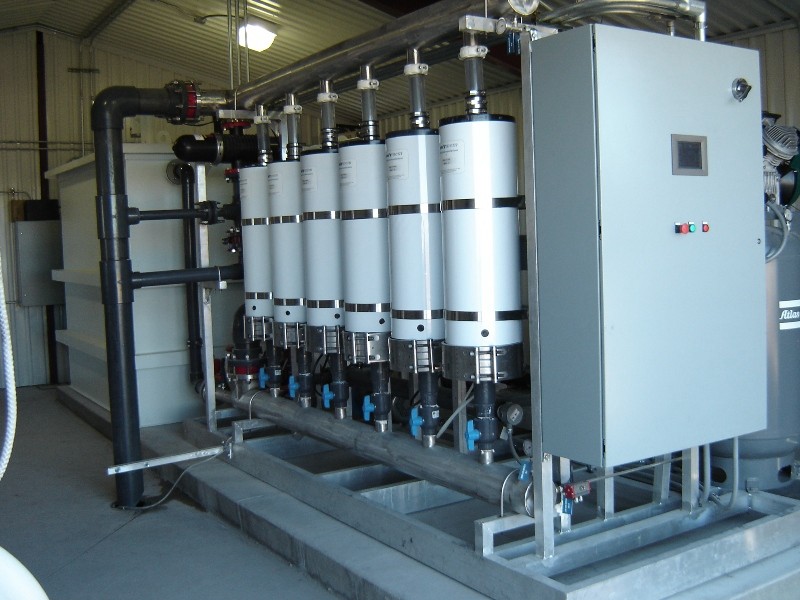How Is Water Purified in a Water Treatment Plant?
How Is Water Purified in a Water Treatment

To obtain quality water that is free of garbage and undesirable microorganisms, primary industrial wastewater treatment plants employ screens, grit chambers, and sedimentation tanks. Many cleansing operations take place before the quality water is ejected. When sewage enters the treatment facility, it passes through a screen to remove large floating debris that can clog or damage pipes or equipment.
Water falls into a grit chamber after the primary screening process, where tiny items are removed from the water. At the bottom, it deposited cinders, sand, and stones.
Sewage water contains many suspended solids with organic and inorganic components after the above two applications for removal of large and small objects. Water purification requires the removal of minute particles. This procedure is carried out in a sedimentation tank. Solids sink to the bottom of this tank as the flow of water is reduced. This solid accumulation is known as raw primary bio solids, formerly sludge that is pumped out of the tank.
Gradually, this primary method was unable to meet the increased quality demands of the community. So, the secondary and advanced methods are developed to fulfill the needs of cities and industries.
This stage removes around 85% of the organic and inorganic waste material from the water using a trickling filter and activated sludge process.
When the primary stage is completed and the effluent exits the sedimentation tank, the trickling filter comes into play. The trickling filter is a six-foot-deep stone bed through which sewage runs. After passing through a trickling filter to eliminate bacteria, partially treated sewage is transferred to another sedimentation tank.
Nowadays, activated sludge is used instead of a trickling filter. When compared to the deceiving filter, the process is faster and produces results sooner. Sewage flows into the aeration tank after passing through the main stage sedimentation tank. It is combined with air and sludge containing bacteria for a few hours to break down organic materials. Partially cleaned sewage is routed to another sedimentation tank for further processing, much like a tricking filter.
The sedimentation tank effluent is treated with chlorine at the end of the stage to remove odour and kill dangerous bacteria before being discharged to water communities.
The growing pollution problem places additional strain on industrial wastewater treatment plants and sewage treatment plants and systems. The amount of harmful compounds, heavy metals, and chemicals in water has significantly grown. To obtain purified water, advanced waste treatment techniques and a superior wastewater system that separates contaminants, absorbs carbons, and filters the water are used.
How Is Water Purified in a Water Treatment
8 Wastewater Treatment Process Steps & Stages 8
Sewage Treatment Plant For Garden: Process & Advantages
what is the process of Iron removal Plant?
How to improve wastewater treatment? Primary Treatment: To